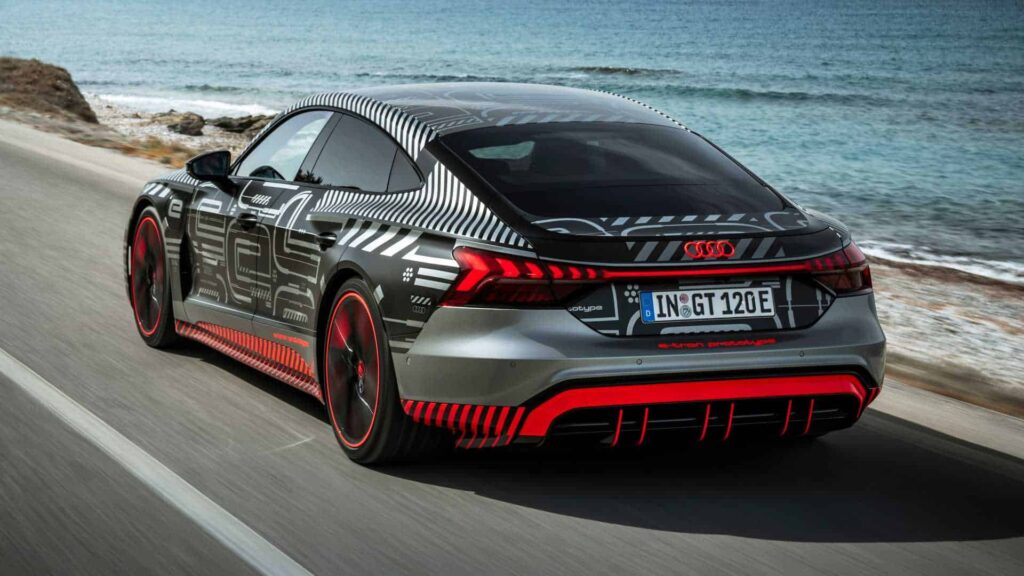Do you drive a supercomputer?

The smartest high-tech device that you own is - your car!
- Dateline
- 18 October 2017
Ford actually made this a mission of theirs some years ago. Now it’s a reality. MIT just released a new study that shows the sheer computing power and connectivity of the average automobile beats IBM’s ‘Watson’ mainframe from 2012.
Sure, smartphones and tablets have also evolved, and gram for gram are arguably the most powerful technology in human history. But cars are a lot bigger, and you can cram many thousands of processor cores into the space that used to be occupied by the spare wheel.
Automobiles also have big batteries, and have evolved to run high-voltage circuits with maximum efficiency. There’s also plenty of scope for high-powered wireless communication. That’s mobile, self-propelled, wireless communication.
It’s not just about being a smarter, more efficient vehicle. It’s true that cars have so many apps and computerized features these days, they virtually drive themselves. Next year’s model will probably be able to fetch the kids from school on its own!
But the car of today is becoming an essential part of the urban cloud. Think of a traffic jam as a server farm, with thousands of concurrent processes running in the background, a mesh network with serious horsepower! And when those cars are sitting in the garage at night, topping up their batteries, there’s all that computing power idling along, or solving complex problems for cloud based customers.
If you haven’t already signed up to Ford’s SyncTime or Toyota’s SleepShare apps, you should be asking yourself: “Who’s renting my super computer while I’m sleeping?”
Links to related stories
- Ford, Google Team Up to Make Smarter Cars - Wired, 10 May 2011
- Toyota, Microsoft to Bring the Cloud to Cars - Wired, 6 April, 2011
- Drive-by-wireless: why the future of cars is P2P mesh, 4G cellular, and the cloud - Ars Technica, 3 February 2011
- Ford, Serious About Smart Cars, Stakes Out A Place in Silicon Valley - IEEE Spectrum, 10 January 2012
- MindBullet: COMMUTING IS SO COOL IN THE iCAR (Dateline: 15 March 2017, Published: 06 May 2010)
Warning: Hazardous thinking at work
Despite appearances to the contrary, Futureworld cannot and does not predict the future. Our Mindbullets scenarios are fictitious and designed purely to explore possible futures, challenge and stimulate strategic thinking. Use these at your own risk. Any reference to actual people, entities or events is entirely allegorical. Copyright Futureworld International Limited. Reproduction or distribution permitted only with recognition of Copyright and the inclusion of this disclaimer.